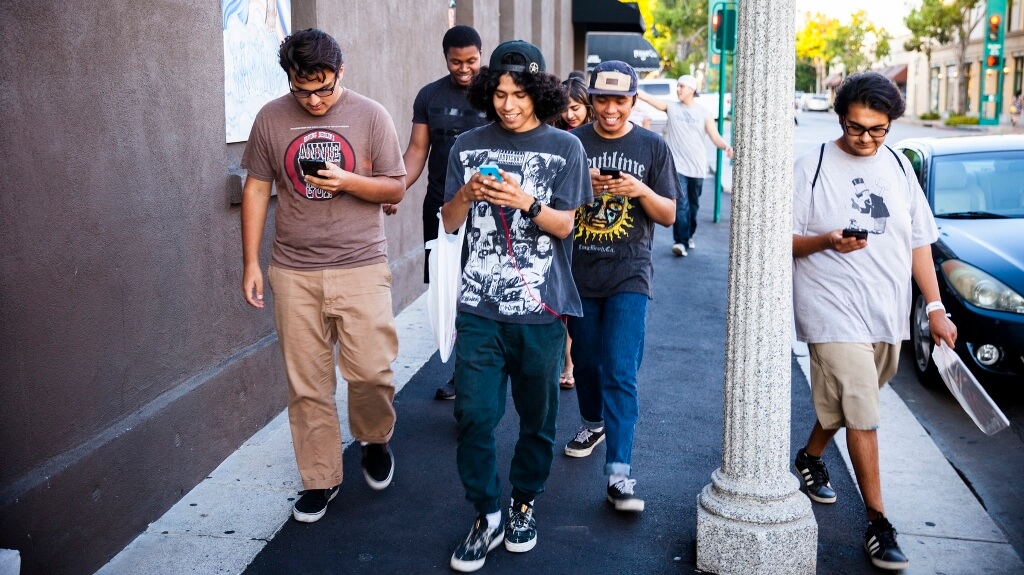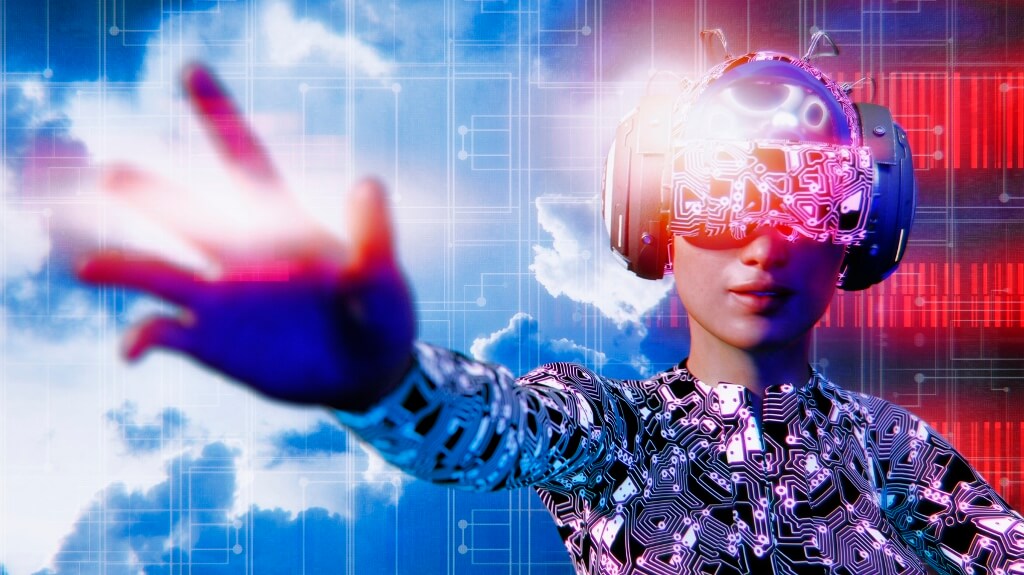Have Augmented Reality And Virtual Reality Just Become The Norm?
AR and VR went mainstream in 2016. What does that mean for the future of business?

Pokémon Go is a phenomenon to be applauded. To truly become part of mass culture is hard. To do so on a global scale in the space of a couple of weeks is unheard of.
This simple game has created a bond that transcends generations, religions and country borders, prompting discussion and play.
There have been positive repercussions – more kids are more active spending more time outdoors – as well as some negative effects – common sense appears to become suspended with manic crowds overrunning motorways. Even emergency services are being summoned to abandoned mines to save lost souls.
In only a couple of weeks thousands articles have been written speculating on the long-term implications in the post-launch-Pokémon-Go-world. Most have focused on the newly proven potential of using AR to engage the masses, especially as Twitter and Tinder look on in disbelief as the number of daily active users surpasses their own.

Pokemon Go has captured the world's imagination - but also created $7 billion of value for its creator
But there is a far more influential measure few have mentioned: market capitalization. In just three days after launch Nintendo was worth an additional £7bn, shares were up 53% and perception of the company transformed from reluctant mobile games to augmented reality trailblazer.
This remarkable turnaround of Nintendo’s fortunes is the tipping point other corporations will use as evidence to green light investment into exploring the application of VR and AR for themselves.
Pokémon Go is a pioneer of profit above everything else, and this opens up more opportunities for all of us.
AR/VR will now move from being viewed as an expensive experimentation to an expected element of the marketing mix.
Already the creative application of AR and VR is well underway. The growing role the technology played at Cannes this year with great success is proof of its potential.
The best of the bunch is the ‘Field Trip to Mars’ for Lockheed Martin by McCann and Framestore. A school bus transformed a virtual reality Mars Rover takes students on a field trip to Mars.
Using high definition screens, sound and mapping 250 square miles of Washington DC’s streets, they were able to create a fully immersive virtual/augmented reality experience where children were able to feel what it’s like to be on Mars. No goggles or headsets were used, which means this is one of the first ever group virtual reality experiences.
In the coming year we will witness increasing commercial application of the technology to enhance people’s experience with brands. The industries that can now deliver an enhanced experience of their physical product, such as travel & tourism, automotive, and real estate, will lead the way,
Fast forward to Cannes 2017 and whilst AR/VR won’t quite be the norm, there will be even more great examples of marketing in this space.
For it to become the norm the technology will need to deliver a seamless transition between reality and the variation of reality – be it AR, VR or even Hyper Reality.
Magic Leap is arguably leading this charge with their proprietary Dynamic Digitised Lightfield Signal which projects images directly into the eye so it hits the retina. Projecting directly rather than at a surface means, in theory, the brain is tricked into thinking what it’s seeing is real.
Given the last round of funding valued the company at $4.5bn they’re definitely on to something, but only if they solve the challenge of reducing the size and cost of the current headset technology.
Whilst we wait for this seamless tech utopia, don’t wait to explore how the technology can add value to your business, here are 3 observations to shape an excellent altered reality experience:
1. Don’t ask what the tech can do but what the tech + you can do for your customers.
The tech is no longer a PR story in itself. The best examples have to have a demonstrable effect on the customer experience, and the greater the effect, the greater the response.
2. The future will forget about the distinction between VR and AR.
Like FM and AM of old radio transmission, the terms VR and AR will become obsolete. The best examples already merge both. Aim for a seamless altered reality (AltR). Deliver it using whatever sub-segment of the tech is best suited.
3. Always integrate commerce at every appropriate opportunity.
Multiple research reports suggest the more a customer is engaged with your brand the more likely they are to spend with your business. Those that are interacting through an Altered Reality experience are arguably the most engaged of all.
In just 5 days Pokémon Go was earning more than $1M a day for Nintendo and its partners in North America alone and reports of Pokémon Go ‘Entrepreneurs’ quitting their day jobs are actually true.
Altered Reality is already so much more than a marketing tool. It will come to play a significant role in all of our everyday lives in the not to distant future. And I can’t wait.
Thanks for signing up to Minutehack alerts.
Brilliant editorials heading your way soon.
Okay, Thanks!



